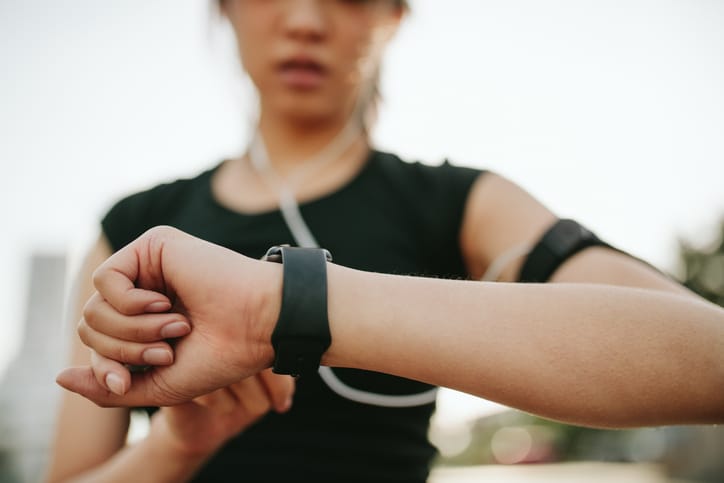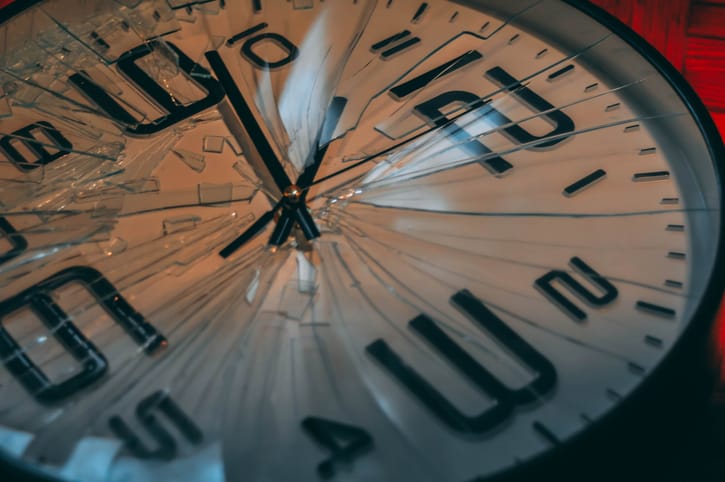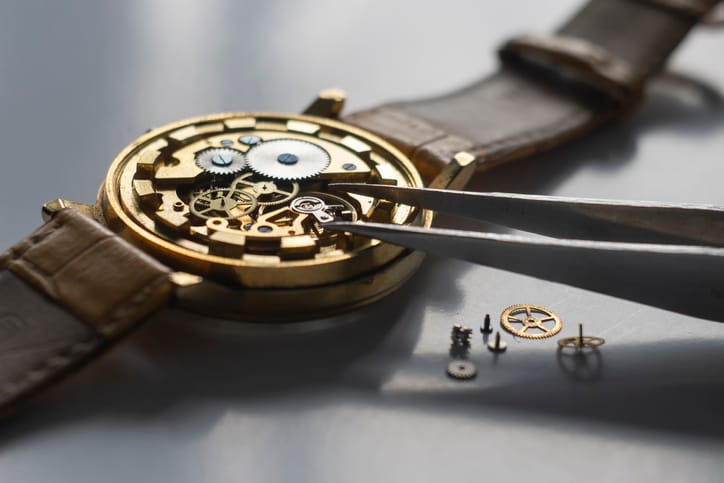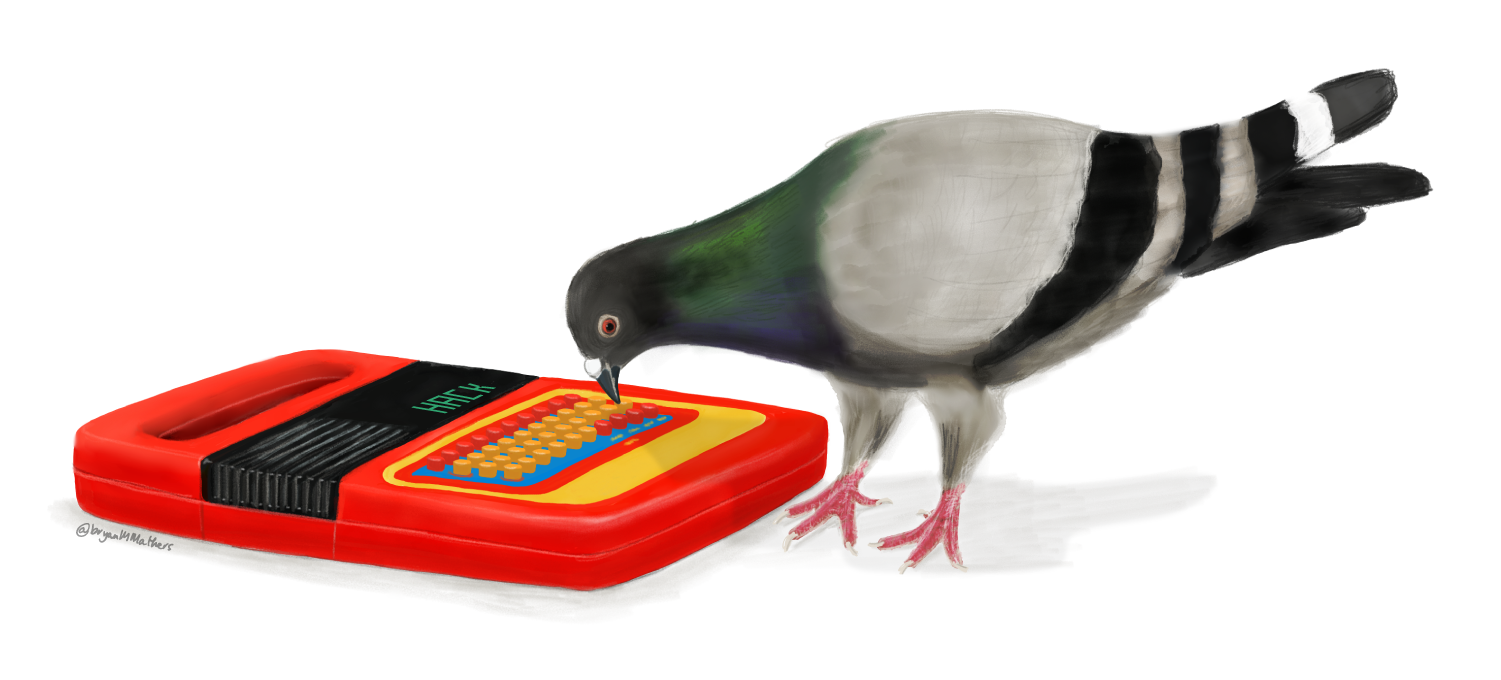Un-watching, Un-tracking: Healing and Bad Data

On Saturday, I ran. On Sunday, I raced. (It wasn’t, as climbers would say, a “full send." “I ran in a race” is perhaps a more accurate phrasing.)
It felt like a huge accomplishment to get out there, to be out there again. I was overjoyed to be able to be outside, to move my legs. It felt good, even, to be a little sore. Running felt so much better than not-running, even though – I won't lie – it sucked.
For the first time in many many years – and certainly for the first time since I started running – I did not wear a fitness watch on either of these runs. I didn’t track the distance or the pace or even the time I spent in motion. (Of course, I was wearing a racing bib on Sunday, and the chip on it tracked when I crossed the start and finish line. I don't think it's possible to get entirely outside our cultural fixation on tracking, as it's a quintessential part of racing and has been forever.)
But one of my main takeaways from this pause in running has been that all this tracking technology – contrary to its whole mission – is very very bad for my health. I’ve ditched my Garmin, and I think the break-up may be permanent.
This weekend, I ran because dammit, I’m still training for a half marathon. I ran because, despite being knocked down, I still love running. I ran based on effort, which after a week off from running due to some knee bursitis meant my lower body, along with my entire cardiovascular system, weren’t terribly thrilled. Running “easy” is hard; it's even harder after an injury.
When I decided to take time off from running in order to heal my knee, all the various tracking technologies I use responded with admonishments – wildly unsupportive for someone dealing with an injury, but let's be clear, not terribly helpful under any circumstance. I knew I wasn’t running. I knew I wasn’t as active as usual. That was the point – I was trying to recover. And yet, all that my apps and devices could do was chide me. I wasn’t detraining “yet,” my Garmin watch threatened, but if I didn’t exert myself soon with some more anaerobic workouts, I sure would be. My form, according to Training Peaks (software I use to manage the half marathon training plan I’m following), signaled that I had “lost fitness,” after just a day or two of resting.
Of course, none of these messages are accurate. You simply do not lose “fitness” all that quickly. A week off is unlikely to have a substantial effect on one’s cardiovascular system or ones musculature. It's not ideal. But it's not a catastrophe. Indeed, as in my case, it can be a necessity.
But you wouldn’t know it from fitness trackers, which seem designed to urge you to always do more, to imply that any progress is precarious. They all have their own algorithms that assess, based on the data they capture, your “fitness.” They estimate how fast you can run a 10K; they estimate your VO2Max. They aren’t measuring those things; they’re guessing. They’re doing some fancy math (ha) based on what they know: how much you moved this week versus last, how quickly, and how your heart rate responded. The algorithms don’t know that you’re slower one day because you had some ridiculously spicy Indian food the night before or because you're running in snow or because you might've deadlifted the day before; they don’t know that you’re skipping your runs because you strained a calf muscle or because you have COVID; they don't know that you cut a run short because you had a doctor's appointment or because you had to pee. Hell, it took Apple four years after the launch of its watch to add the ability to track your menstrual cycle, to flag that you were pregnant (and, as such, stop the finger-wagging about weight gain).
These devices do not come close to fully conceptualizing everyone's "health" or "fitness" let alone tracking our bodies as we move through a training block, let alone through life.
And they definitely can’t conceptualize our bodies not doing activity. Not moving – not tracking moving – is bad. There's no allowance for it being a decision made with one's health in mind. These devices can only imagine our inactivity means we need to be spurred on (when in fact what we might need is to be reminded that it'll be okay if we rest).
I wore my watch for the first few days of not running, still using it to record the morning walks with the dog. But as the messages about my activity level started to exacerbate my anxiety – I was already feeling shitty enough, thank you very much – I took the watch off. “The body keeps the score,” to borrow a phrase, and there’s no need for me to hand my activity data over to a gadget that’s going to develop its own score, one that may or may not coincide with how I feel, physically and/or mentally.
It was such a relief.

I stare now at the imprint that the watch has left on my wrist. Remind me why I did this? What do I actually lose by not tracking?
I don’t know how far I’ve gone. Except, I do have a pretty good idea. Poppy and I walk Kin to work every day; it’s about four miles. It’s about three-quarters of a mile from our apartment to Central Park, and the outer loop is roughly 10K. It’s about six miles to and from Little Island from here. I already prefer to run by time, not by distance -- I’ll go out, say, for an hour -- I can still piece together roughly how far and how fast I’ve gone. (Math. I can do it.) Do I need to know, down to the meter with GPS-location precision, how far I’ve run each day? No, I do not.
There’s nothing to post on Strava. I’d planned, some day, to write out my thoughts on “performative fitness” – on the ways in which social media sites encourage us to “perform” health and wellness for others. Maybe I still will. In short, the whole “if it’s not on Strava, did it even happen?” is not even funny in jest; it’s a rather toxic sentiment, that somehow digital signals are how we judge reality, that somehow you’re inadequately committed to your sport (related: to politics) if you aren’t posting and reposting and liking and sharing. (I do still post pictures from my walks and runs on Instagram; so I am still performing “runner” there.)
There’s no canonical record of my running history. Of course, as I’ve used Nike Run Club, the Apple Watch, a Garmin watch, Training Peaks, Strava, and Final Surge to track runs, none of these have a complete picture of my running history. What does? The paper journal in which I write down what I did and how it felt. I also have kept a screenshot of the race results, so I do know how I performed in all the races I’ve run. Chip time, not Strava, is the official record, after all. But I’m not running any statistical inferences from screenshots, good grief. (Nor despite “knowing” this information, are fitness algorithms, I don’t think.)
How do I run intervals with no track and no watch? OK, this one is trickier, as once I’m feeling fully recovered, I do need to get back to doing speed-work, and a watch makes intervals a helluva lot easier. My gym does have an indoor track, but it’s pretty short. I could run to the Riverbank Track, but that’s around a four mile warmup – hardly conducive to speedy 800s. I could just run fartleks rather than set paces for set distances. We’ll see how things play out. I mean, I will have to wear the watch for a few things – I have a virtual half marathon coming up in just two weeks (damn, that is going to suck) that needs to be posted to Strava to “count.” I could just use the app on my phone for that run. I could use an app on my phone for intervals. But ugh, apps. Fuck ‘em.
How do I write a newsletter on fitness technology if, less than a year in, I’m already, like, “fuck fitness technology!” Good question. Very good question.

What time is it? Okay, here’s the one place where I did find myself missing wearing a watch this week. (I don’t carry my phone with me all the time, because good god, why.) Child of the Eighties, I bought a Swatch – a very cool looking black on black design but I soon realized my aging eyes couldn’t actually tell the time on it. I found another watch, one with a see-through face that let me look at all the gears moving inside it. Unlike all the fitness technologies with their black-boxed algorithms, I can actually see the mechanism that makes “time” – of course, that's another invented metric that would be nice to be able to free oneself from, too.
Thanks for reading Second Breakfast. If you're familiar with my work in education technology, you're likely not surprised that I've quickly come to reject fitness technology. If you're new to my work, well... Consider becoming a paid subscriber and funding my research into how post-war behavioral psychology and cybernetics led us to this very moment.





